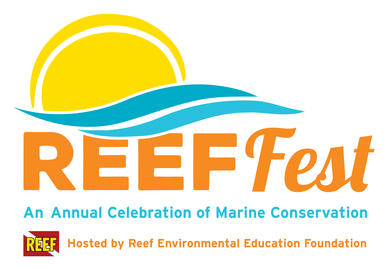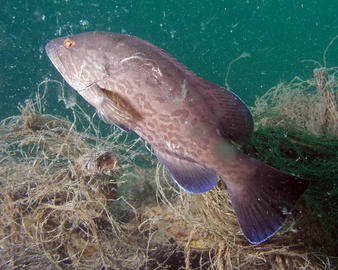We are excited to share a new publication recently co-authored by active REEF volunteers, Carlos and Allison Estapé. Carlos and Allison are members of REEF's Advanced Assessment Team and were honored as REEF's Volunteers of the Year in 2013. In that same year, Carlos and Allison became aware of an extensive historical study that had been conducted documenting the fishes of Alligator Reef, which happened to be their "home" reef. From 1958-67, Walter A.
From 1958-67, Walter A. Starck II conducted marine biological studies in the area of Alligator Reef, off of Islamorada in the Florida Keys, these included extensive fish collecting. In 1968, he published A list of fishes of Alligator Reef.
Over the half-century since the original Alligator Reef survey, there have been great advances in the taxonomy of Greater Caribbean reef fishes, with numerous changes in scientific names and classification. As part of the update these changes are addressed so as to bring the list to current status.
REEF Fest 2017 is coming up -- September 28-October 1 in Key Largo, Florida. REEF Fest days are filled with diving, snorkeling, and other eco-adventures, and a seminar series with an impressive line-up of scientists and conservation leaders. Evening social events happen each evening. REEF Fest kicks off on Thursday night with a sunset picnic, including complimentary dinner and refreshments. The REEF Open House from 6pm to 9pm is Friday night, where we will unveil the REEF Interpretive Center, a unique and beautiful addition to the REEF campus.
We are excited to share the latest scientific paper to include REEF data, published this month in the journal ICES Journal of Marine Science. In this paper, authors use information on where REEF divers did or did not encounter three species of fisheries importance: red snapper, red grouper, and gag grouper. They then combined these data with 36 other data sets, each sampling different areas of the Gulf of Mexico, and created distribution maps for use in ecosystem models of the Gulf of Mexico.



